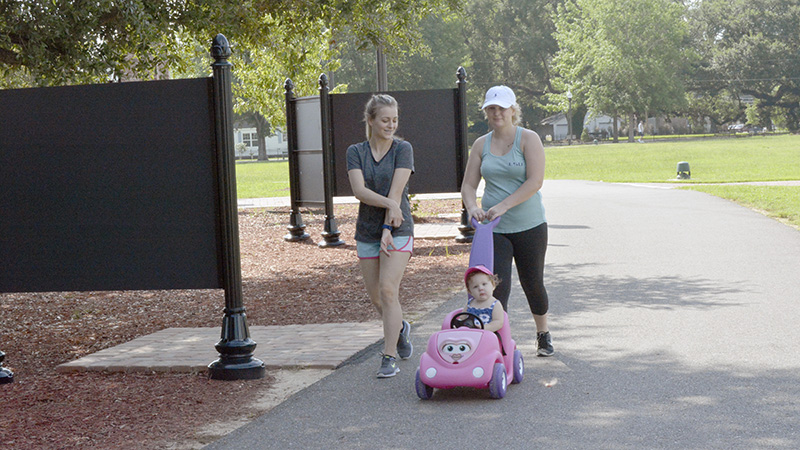Mississippians need more physical activity
Published 7:00 am Saturday, July 14, 2018

- WALK IN THE PARK: Medical experts say that as little as 10 minutes of exercise daily can contribute to overall well-being. Photo by Mrudvi Bakshi
According to a report released by the Centers for Disease Control and Prevention, only 22.9 percent adults in the nation between the age of 18-64 get enough weekly physical activity.
The report states that only 13.5 percent of adults in Mississippi engage in adequate amounts of weekly physical activity, significantly less than the nationwide average.
Trending
The report states that for those age groups, 2008 federal guidelines recommend a minimum of 150 minutes of moderate physical activity, or 75 minutes of vigorous physical activity per week.
“Regular participation in physical activity lowers the risk of many chronic conditions, disability and mortality,” the report states.
Ryan Woods of Poplarville Physical Therapy said regular exercise is proven to decrease blood pressure, improve cholesterol, lower stress levels and contribute to overall well-being.
Woods said that even the smallest amount of exercise is proven effective to keep fit.
“Get at least 30 minutes that raises your heart rate. If you can’t get that get 20 minutes, even if it’s 10 minutes it’s more beneficial than doing nothing,” he said.
Healthy People 2020, which was launched by the CDC to have at least 20.1 percent of adults meet physical activity guidelines by 2020.
Trending
Woods said it is beneficial to do a combination of cardiovascular training activities that increase the heart rate along with certain strength training activities.
He said strength-training exercises in particular are more effective for older adults because they tighten the core and abdominal muscles. The exercises also help protect senior citizens from falls, he said.
The CDC report states that only 19.8 percent of working men and 10.5 percent of working women in Mississippi aged 18-64 are physically active.
Most of these individuals say they do not have time to exercise, Woods said. However, by taking time to exercise people can experience more energy and stamina, he said.
Cardiovascular exercises that help increase heart rates help prevent heart attacks and stroke, Woods said.
Cost effective exercise options include yoga, pilates, push ups, air squats or outdoor activities like walking, swimming, hiking or cycling, Woods said.





